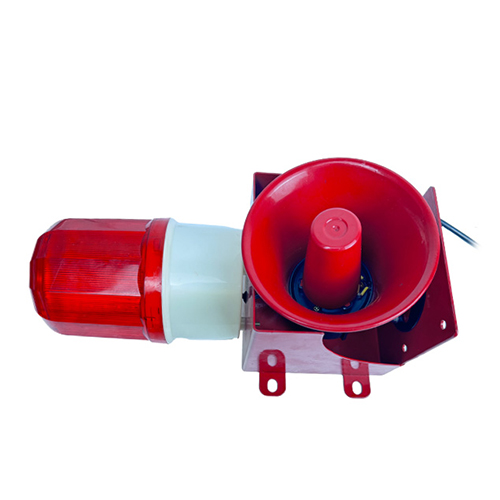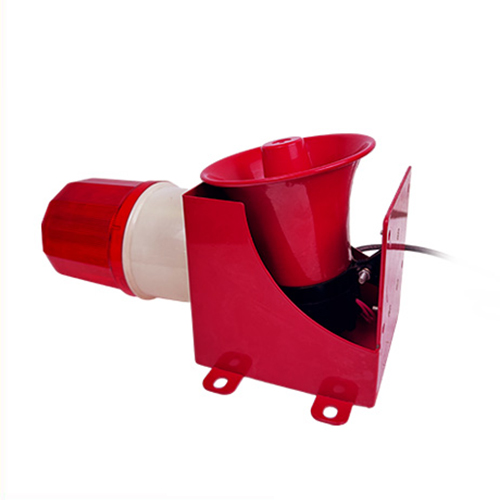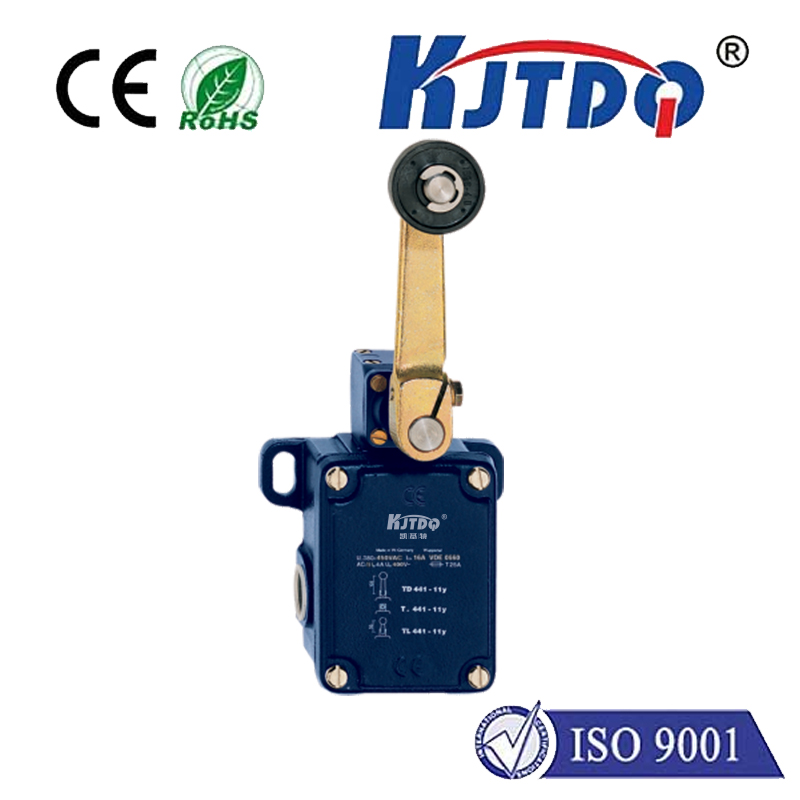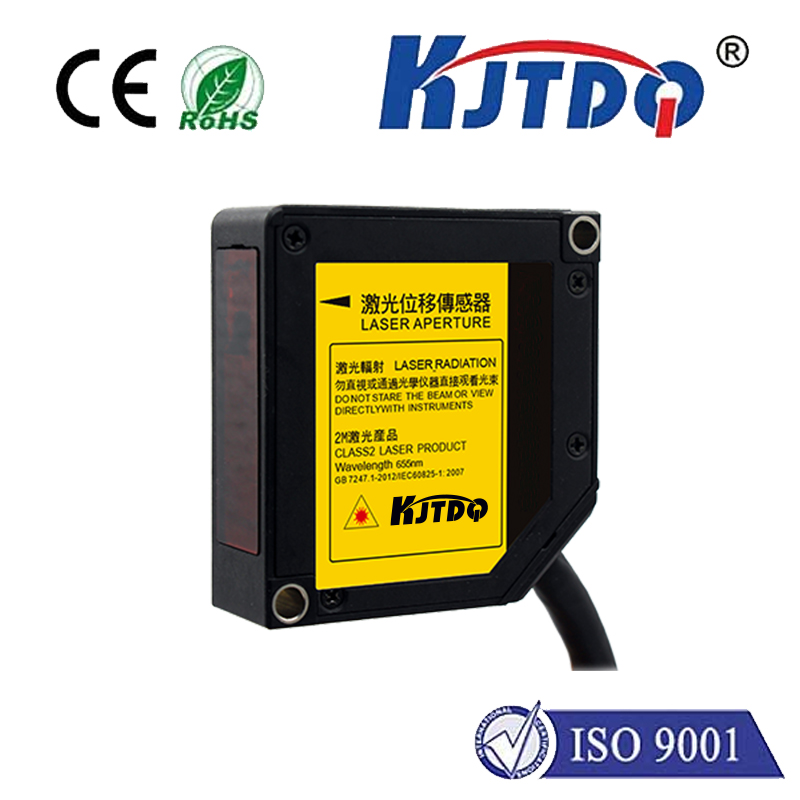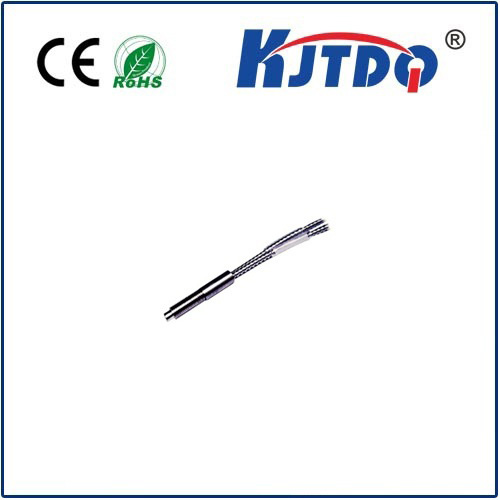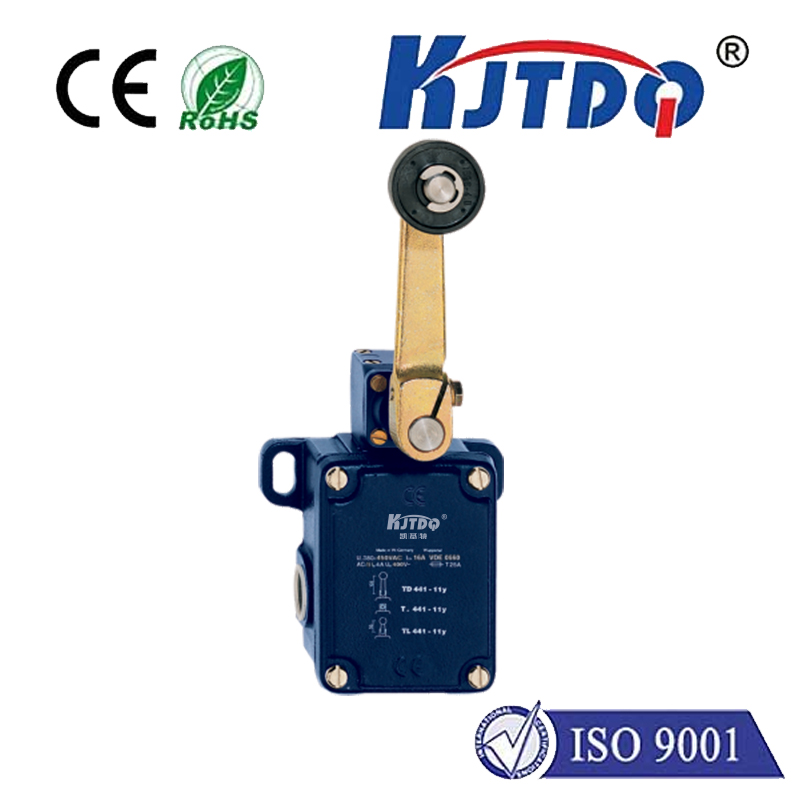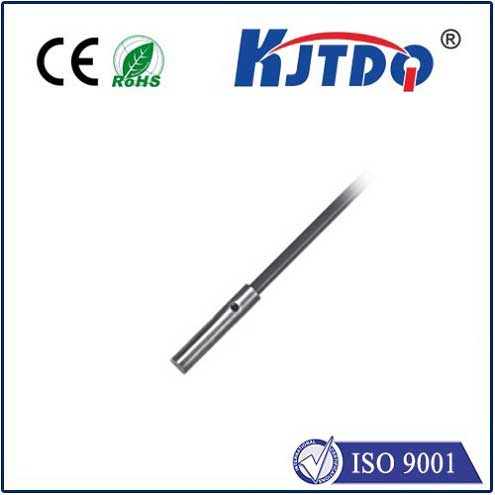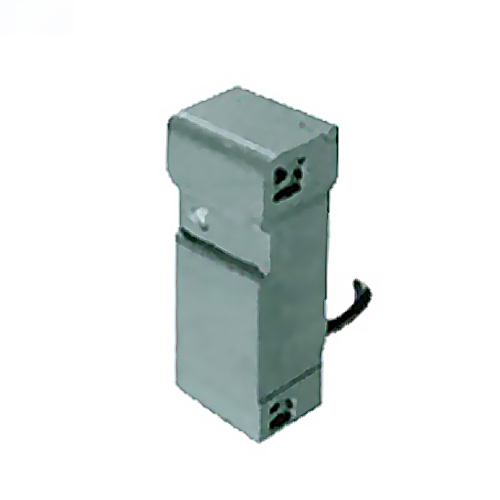
The Application of Proximity Sensors in Renewable Energy Systems In the 21st century, with the depletion of traditional energy and increasing environmental pollution, renewable energy has emerged as a new hope for future energy supply. Among them, solar energy and wind energy, as clean and inexhaustible sources of energy, are attracting global attention. However, to improve the efficiency and stability of collecting these energies, innovative technologies are essential. Among them, proximity sensors play an important role. Proximity sensors can be used in various aspects of solar power generation. In photovoltaic power systems, proximity sensors can monitor the distance between sunlight and solar panels in real time. This helps to adjust the angle of the solar panels to better capture light, thereby improving power generation efficiency. Additionally, proximity sensors can also monitor the operation status of the solar panels by detecting any foreign objects that might obstruct the sunlight. In wind energy applications, proximity sensors are primarily used to monitor the distance between wind turbines and potential obstacles, such as birds or buildings. This can provide early warning signals to prevent collision accidents, ensuring operational safety. Simultaneously, proximity sensors can also monitor the internal components of the wind turbines, such as the distance between rotating blades and the tower, to ensure normal operation of the equipment. The application of proximity sensors in renewable energy systems is not limited to monitoring functions; they also have automation and intelligence capabilities. By combining sensor data with intelligent algorithms, proximity sensors can actively adjust the operating parameters of the equipment, achieving optimal energy output. This reduces labor costs and enhances system efficiency and reliability. The integration of proximity sensor technology also offers significant advantages for the maintenance of renewable energy systems. Traditional maintenance methods often rely on manual inspections, which are time-consuming and susceptible to human error. By contrast, proximity sensors can continuously and accurately monitor the status of the equipment in real time, promptly identifying and predicting potential faults. This enables condition-based maintenance, significantly reducing downtime and repair costs while extending the lifespan of the equipment. As the demand for renewable energy continues to grow, the importance of proximity sensors will become increasingly prominent. It is not merely a monitoring tool but a key enabler for enhancing the overall efficiency of renewable energy systems. Through continuous technological innovation and optimization, proximity sensors will play an even more critical role in the future of renewable energy development.
